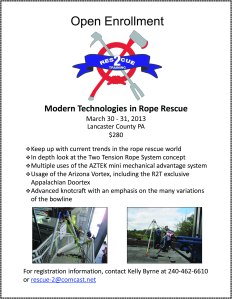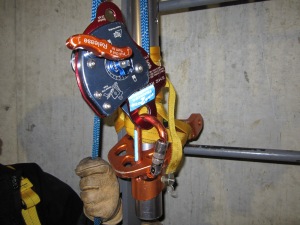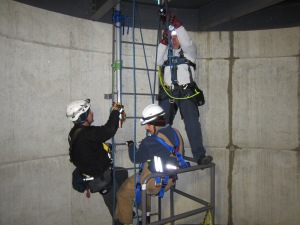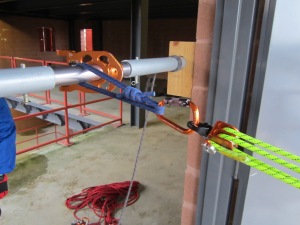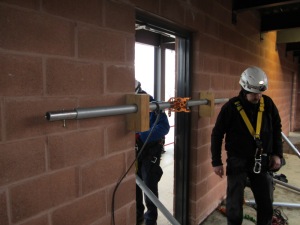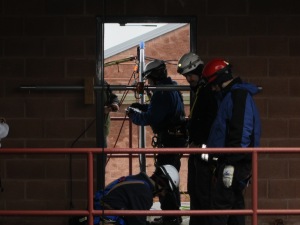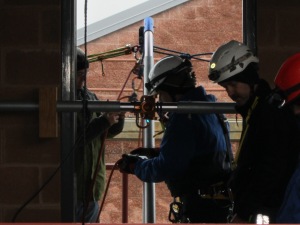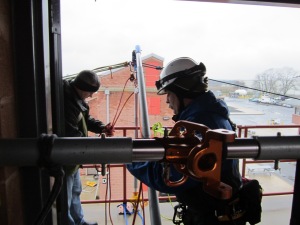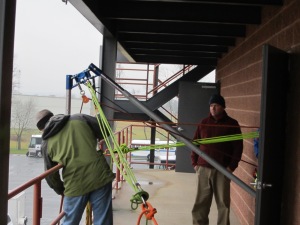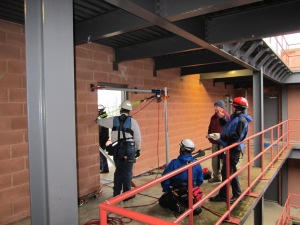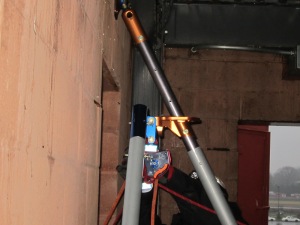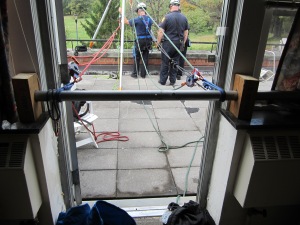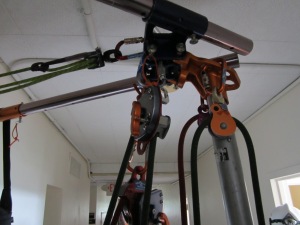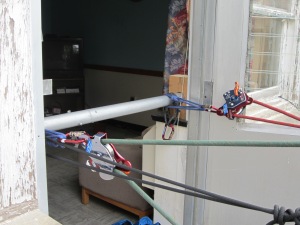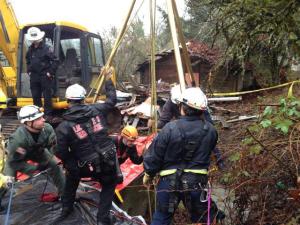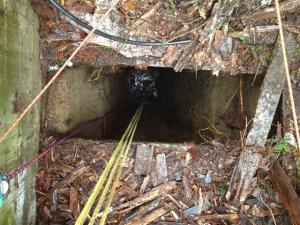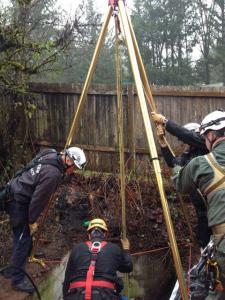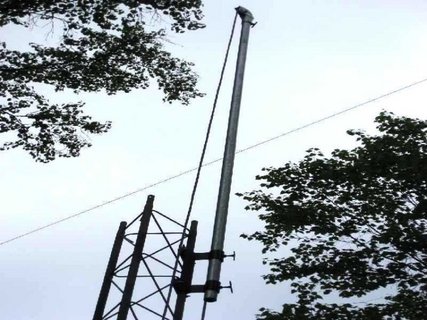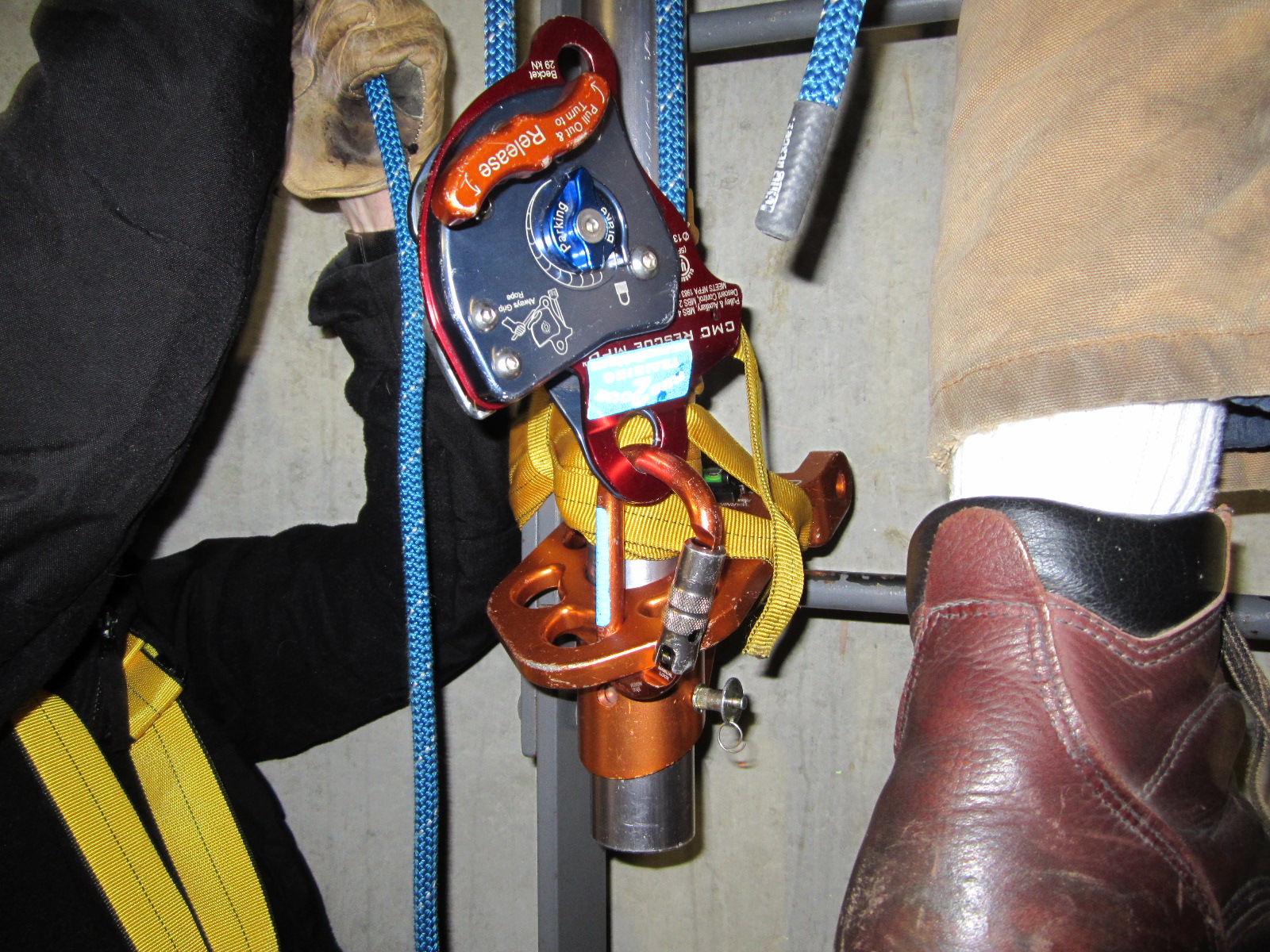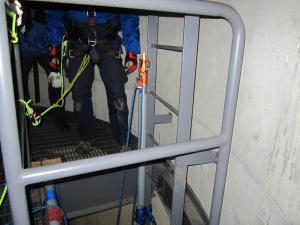CMC has just released a new video highlighting the Multi-Purpose Device, more commonly known as the MPD. If you know me, you know that I am a huge fan of the MPD. While obvious benefits of it re pretty clear: one device for lowering, raising, and belay; I think that the real benefit for a rescue team or fire department is the rigging flexibility of the device.
What I mean by that is that the guy who is not a rope geek can safely and easily rig a system for lowering and raising with the same piece of equipment that the guru is using to rig multi track highlines and guiding lines. While I suppose this has always been the case, the MPD simplifies it immeasurably.
On the simple side of things, consider a simple lower over an edge. With a rack, if you didn’t measure your rope to the edge properly and had too much in service, it was quite a pain in the butt to take up slack through a rack that had already been reeved, not to mention the ever present possibility of inadvertently dropping a bar out. With the MPD, you just pull the slack out through the device like you were pulling rope up through a pulley.
An example of complex operation simplified by the might be using an MPD with one of the Doortex configurations. Could it be done with “Old School” methods? Sure. But I think the difficulty involved would have prevented us from ever attempting the Doortex in the first place. The MPD just makes everything easier and allows more complex ideas to flow a little more naturally. Things can then be reverse engineered to work with older equipment.
The argument that using the MPD diminishes basic skills like tying and using a load release hitch, reeving a rack, and converting from a lower to a raise does have some merit,. However, I think it is easier for people to grasp the big picture of rope rescue with an MPD. The finer points and techniques can come later. With a limited teaching and operating time, I think it only makes good sense to start with the MPD.
Anyhow, here is the latest from CMC. Around the 8:00 mark is a really slick way to convert from a 3:1 to a 5:1 that I had never seen before. I tried it the other day and it works great. Enjoy!

